Download Brain Boxes Port Devices Driver
- Download Brain Boxes Port Devices Drivers
- Download Brain Boxes Port Devices Driver
- Download Brain Boxes Port Devices Driver Test
- Download Brain Boxes Port Devices Driver Windows 10
- Download Brain Boxes Port Devices Driver License
Download Brain Boxes Port Devices Drivers
Windows versions
Index B Brain Boxes USB devices. Filter by manufacturer. Name of the component Hardware ID. Brainboxes - ExpressCard 1 Port RS-232 (VX-001) USBVID05D1&PID1001: Search the drivers: Brainboxes - ExpressCard 1 Port RS-422/485 (VX-023) USBVID05D1&PID1003: Search the drivers: Brainboxes - ExpressCard 1 Port RS-422/485 (VX-02301) USBVID. However, there are many peoples said they can’t find ports in Device Manager and they desperately need a solution to it. COM Ports Not Showing in Device Manager: Ture Cases. One: Com Port is Missing / Ports Option Not Available In Device Manager. My com port is missing. And the ports option is not available in Device Manager. Jul 08, 2018 1- From the control panel launch Device Manager. 2- Click on Action. & Choose Add Legacy Hardware. Then click Next. 3- Choose to install the hardware manually from a list and click Next. 4- Choose “Show all devices” and click Next. 5- A window will open up. Use it to select the CDC driver folder you downloaded and click Ok.
- Windows 10 for desktop editions (Home, Pro, Enterprise, and Education)
- Windows 10 Mobile
Common points of discussion for OEMs who want to build Windows systems with USB Type-C connectors.
USB Type-C connector features
Symmetric and reversible design
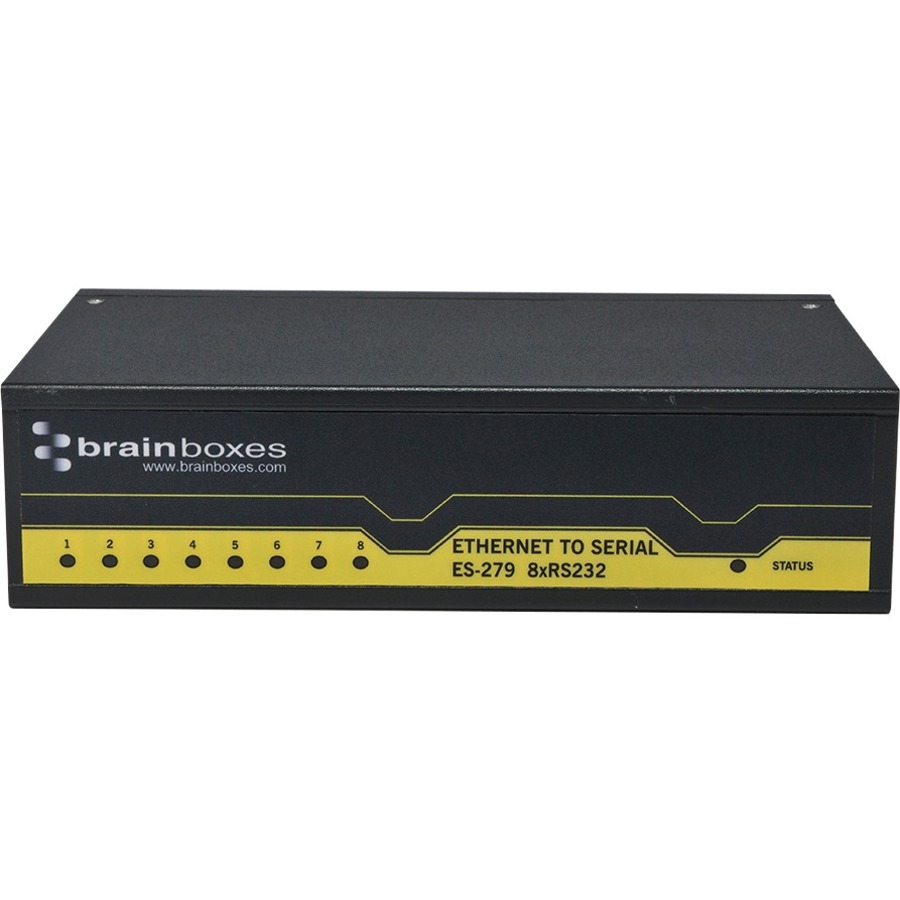
- The connector is symmetric. The cable has a USB Type-C connector on each end allowing the host and function device to use USB Type-C connectors. Here is an image that compares the connectors:
- The connector is designed to be reversible. Traditional connectors had to be connected the 'right-side-up'. With the reversible design, the connector can be flipped.
Supports all USB device speeds
The connector can support USB devices that are low-speed, full-speed, high-speed, SuperSpeed (including SS+).
Alternate modes
The connector can support alternate modes. The alternate mode feature allows non-USB protocols to run over the USB cable, while simultaneously preserving USB 2.0 and charging functionality. Currently, the most popular alternate modes are DisplayPort/DockPort and MHL.
DisplayPort / DockPort
This alternate mode allows the user to project audio/video to external DisplayPort displays over a USB connector.
MHL
The MHL alternate mode is allows the user to project video/audio to external displays that support MHL.
Billboard error messages
If a user connects a USB Type-C alternate mode device or adapter that is not supported by the attached PC or phone, the device or adapter can expose a Billboard device that contains information about the error condition to help the user troubleshoot issues.
Increased power limits
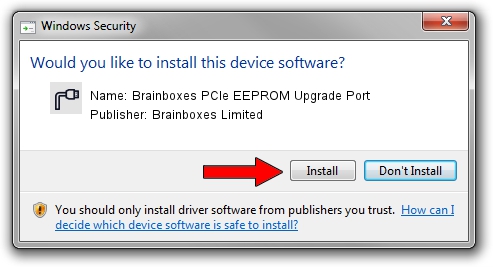
A system with USB Type-C connectors has higher power limits, it can support up to 5V, 3A, 15W.
In addition, the connector can optionally support the power delivery feature as defined by the USB Power Delivery OEM . If the connector supports power delivery, a USB Type-C system can be a power source provider or a consumer and support up to 100W.
Supports USB dual roles
Peripheral devices can connect to a mobile system with USB Type-C connectors, changing the traditional role of a mobile system from function to host. When the same system is connected to a PC, the system resumes the role of a function and PC becomes the host.
Download Brain Boxes Port Devices Driver
Operating system input into which alternate mode needs to be negotiated, such as DP 2-lane vs. DP 4-lane
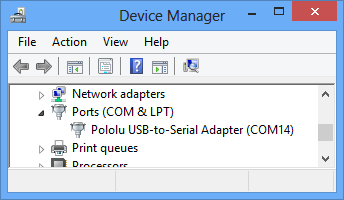
No. The operating system (or any Microsoft-provided software component) plays no part in selecting an alternate mode. The decision is made by the driver for the connector, specifically the USB connector manager (UCM) client driver. The driver does so by communicating with the connector's firmware by using hardware interfaces.
Pre-OS charging with Type-C and PD
Enabling pre-OS charging is owned by the OEM. You can choose to not implement USB Power Delivery, and charge at USB Type-C power levels until you boot into the operating system.
Charging the phone when it is a USB host to enable docking scenarios like Continuum
Here are a few things to consider:
You must to implement USB Power Delivery, so that power and data roles can be swapped independently.
Your dock’s upstream port should be implemented as a Charging UFP, defined in the USB Type-C specification. For details, see section 4.8.4, version 1.1.
Your dock should request a DR_Swap if it resolved to a DFP, or a PR_Swap if it resolved to a UFP.
The initial DFP is the power source, so you must change the data role. The initial UFP is the power sink, so you must change the power role. You can perform those operations in your implementation of these callback functions:
Windows 10 Mobile support of USB billboard devices
Yes, if you connect the phone to a device that supports a USB Billboard, as per the USB Device Class Definition for Billboard Devices specification, the user is notified. Your USB connector manager (UCM) client driver is not required to handle the notification. If your system does not recognize the alternate mode, do not enter the mode.
Support for USB Type-C on earlier versions of Windows
USB Type-C is not supported on versions of Windows prior to Windows 10.
UCSI support on earlier versions of Windows
UCSI is not supported on versions of Windows prior to Windows 10.
How to test an implementation of UCSI
To test your implementation, follow the guidelines given in USB Type-C manual interoperability test procedures. We recommend running USB tests in Windows Hardware Lab Kit (HLK) for Windows 10. These tests are listed in Windows Hardware Certification Kit Tests for USB.
Conditions and UI for the different errors
Windows 10 can show a set of USB Type-C error messages to help educate users about the limitations with different combinations of USB Type-C hardware and software. For example, the user might get 'Device is charging slowly' message if the charger connected to the USB Type-C connector is not powerful enough, not compatible with the system, or is connected to a non-charging port. For more information, see Troubleshoot messages for a USB Type-C Windows system.
Connecting a non-PD port to a PD provider and a PD consumer to a system that is not a PD provider
The non-PD port attempts to charge the system by using USB Type-C current levels. For more information, see USB 3.1 and USB Type-C specifications.
Connecting Thunderbolt, SuperMHL, or PCI express to a PC that does not support those capabilities
The alternate mode feature allows non-USB protocols (such as Thunderbolt, SuperMHL) to run over the USB cable, while simultaneously preserving USB 2.0 and charging functionality. If a user connects a USB Type-C alternate mode device or adapter that is not supported by the attached PC or phone running Windows 10, an error condition is detected and a message is shown to the user.
- If the device or adapter exposes a Billboard device, the user sees information about the error condition to help the troubleshoot issues. Windows 10 provides an in-box driver for a Billboard device and notifies the user that an error has occurred.
- The user might see an error notification, 'Try improving the USB connection'. For more information, see Fix USB-C Problems.
For the best results, make sure that the alternate mode device or adapter’s requirements are met by PC or phone or cable.
Support and limitations for MTP over USB Type-C in Windows
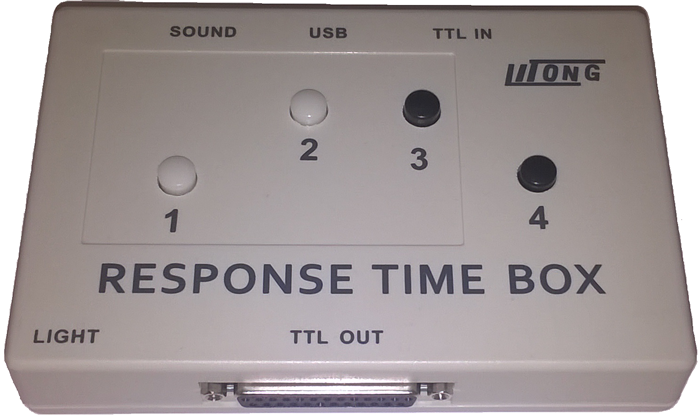
Windows 10 for desktop editions supports MTP in the initiator role; Windows 10 Mobile supports MTP in the responder role.
How downstream devices and hubs connect and communicate with USB Connector Manager (UCM)
UCM is its own device stack (see Architecture: USB Type-C design for a Windows system). Windows 10 support for USB Type-C includes the required plumbing to make sure that the different class drivers know how to communicate with the different USB Type-C connectors. In order to get Windows 10 support for USB Type-C, you must plug into the UCM device stack.
USB Type-C MUTT requirements for HLK tests
The Windows HLK for Windows 10 contains tests for USB host and function controllers. To test your system, use a USB C-A adapter. These tests are listed in Windows Hardware Certification Kit Tests for USB.
Microsoft support for P2P data transfer between the same Windows 10 SKU
This is not a valid connection.
- You cannot connect two PCs running Windows 10 for desktop editions.
- You cannot connect two mobile devices running Windows 10 Mobile.
If the user attempts to make such a connection, Windows shows an error message. For more information, see Error messages for a USB Type-C Windows system.
The only valid connection is between a Windows Mobile device and Windows desktop device.
Download Brain Boxes Port Devices Driver Test
UCM class extension (UcmCx) communication with PMIC or battery driver to get/set charging status
On software-assisted charging platforms, UcmCx communicates with PMIC and the battery subsystem. The client driver may determine the charging levels by communicating with the hardware through hardware interfaces. On hardware-assisted platforms, the embedded controller is responsible for charging. UcmCx takes no part in the process.
HLK support for USB Type-C
In Windows HLK for Windows 10, there are no USB Type-C specific tests. We recommend running USB tests in Windows HLK for Windows 10. These tests are listed in Windows Hardware Certification Kit Tests for USB.
UCSI
Download Brain Boxes Port Devices Driver Windows 10
USB Type-C Connector System Software Interface (UCSI) Specification describes the capabilities of the USB Type-C Connector System software Interface (UCSI), and explains the registers and data structures, for hardware component designers, system builders, and device driver developers.
Microsoft provides an in-box driver with Windows, UcmUcsi.sys, that implements the features defined by the specification. This driver is intended for systems with embedded controllers.
Test a UCSI implementation running on Windows 10
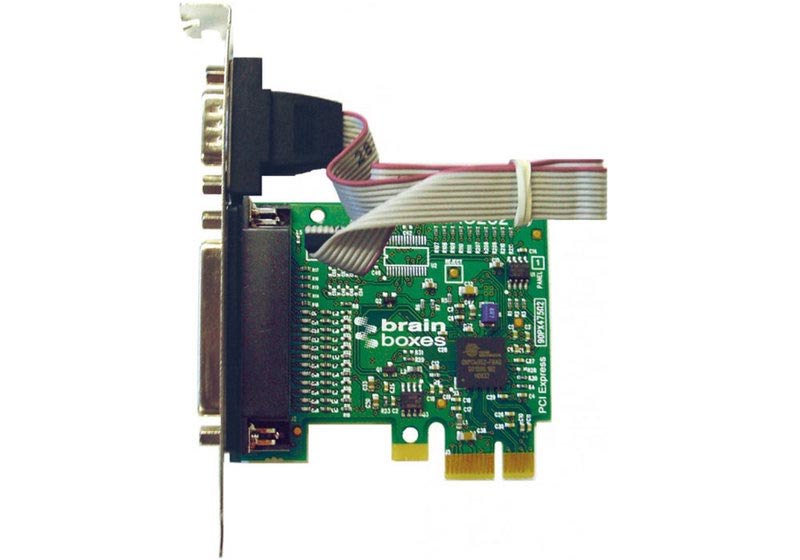
We recommend running USB tests in Windows HLK for Windows 10. These tests are listed in Windows Hardware Certification Kit Tests for USB.
Test a UCMCx client driver on Windows 10
We recommend running USB tests in Windows HLK for Windows 10. These tests are listed in Windows Hardware Certification Kit Tests for USB.
VBus/VConn control and role switch operations handled by the UCM class extension
The UCM class extension might get requests from the operating system to change data or power direction of the connector. When it gets those requests, it invokes client driver's implementation of EVT_UCM_CONNECTOR_SET_DATA_ROLE and EVT_UCM_CONNECTOR_SET_POWER_ROLE callback functions (if the connector implements PD). In the implementation, the client driver is expected control the VBUS and VCONN pins. For more information about those callback functions, see Write a USB Type-C connector driver.
Download Brain Boxes Port Devices Driver License
Click on the appropriate to navigate to the downloads page for your Brainboxes product.How do I identify my Brainboxes Product?
Readacross from the Operating System you are using ↓ | Brainboxes’ productsby range type: Read down the column forthe range code of your product | ||||||||||||||
|---|---|---|---|---|---|---|---|---|---|---|---|---|---|---|---|
| BL-819 /830 | BL-875 | CC | ES | ED | IS | IX | PM | PX (NOT PX-275/279) | PX-275/279 | UC | UP | US | VX | XC | |
| Latest Firmware | |||||||||||||||
| Windows 10 32&64 bit | |||||||||||||||
| Windows 8 32&64 bit | |||||||||||||||
| Server 2012 32&64 bit | |||||||||||||||
| Windows 7 32&64 bit | |||||||||||||||
| Server 2008 32&64 bit/R2 | |||||||||||||||
| Vista 32&64 bit | |||||||||||||||
| Server 2003 32&64 bit | |||||||||||||||
| XP 32&64 bit | |||||||||||||||
| Windows 2000 | |||||||||||||||
| Windows 98 & Older | |||||||||||||||
| Windows NT | |||||||||||||||
| DOS | |||||||||||||||
| Linux | |||||||||||||||
| Mac OS X | |||||||||||||||
